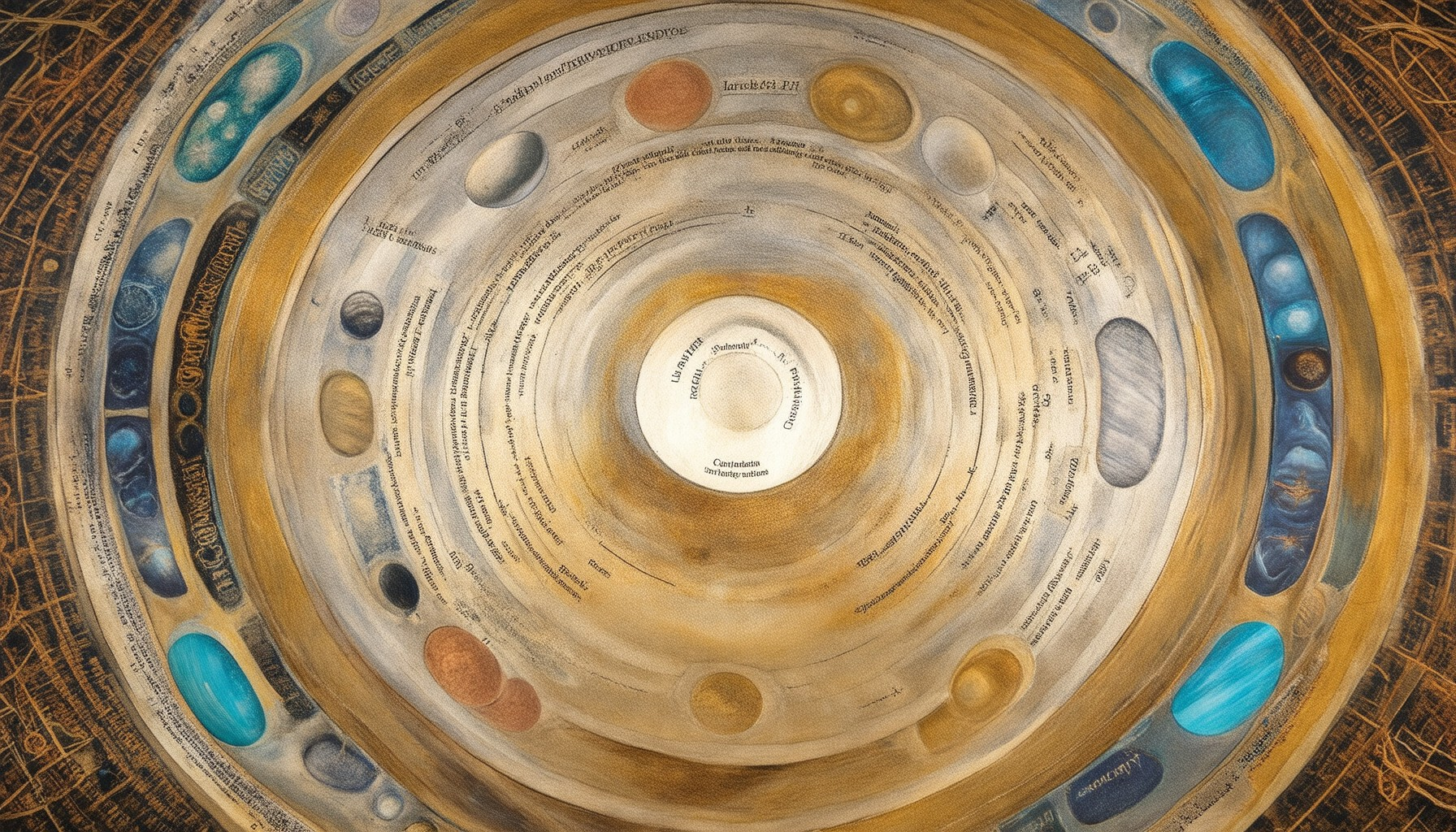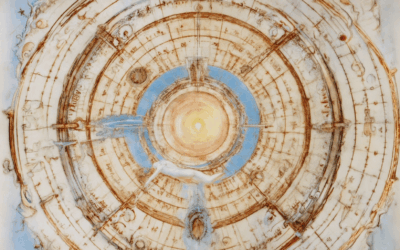Lunar phases, those enchanting cycles of the moon, have long captivated humanity with their rhythmic appearance in the night sky. From the shimmering full moon to the subtle crescents of the new moon, these phases not only mark time but also hold profound meanings that transcend mere astronomical phenomena. In this exploration, we delve into the intricate connection between lunar phases and personal reflection—a journey that intertwines science, culture, and introspection. As we uncover the hidden stories embedded in each phase, we discover how these celestial events mirror the ebb and flow of human emotions, influencing everything from cultural practices to individual growth. Whether you’re a stargazer, a spiritual seeker, or someone curious about the deeper meanings behind the moon’s dance, this article offers a holistic view of lunar phases and their impact on our lives.

How the Phases of the Moon Affect Human Life
The phases of the moon have long been observed to have subtle yet meaningful influences on human life. While the effects may vary depending on individual circumstances, there is growing recognition of the moon’s cyclical impact on various aspects of daily life. Below, we explore the primary ways the moon’s phases influence human behavior, health, and activities.
1. **Sleep Patterns**: The moon’s gravitational pull can subtly affect sleep patterns. Studies suggest that the moon’s phases may influence melatonin production, which plays a role in regulating sleep. During a full moon, some individuals report feeling more restless, while others find it easier to fall asleep.
2. **Menstrual Cycles**: There is emerging evidence that the moon’s cycle may synchronize with the menstrual cycles of many women. The lunar cycle’s 28-day period closely mirrors the average human menstrual cycle, leading to theories that lunar phases could influence hormonal fluctuations and menstrual health.
3. **Mood Swings**: Research indicates that individuals with conditions like bipolar disorder may experience heightened mood swings during certain lunar phases, particularly around the full moon. This correlation has led to theories about the moon’s influence on emotional states.
4. **Agriculture and Wildlife**: Beyond humans, the moon significantly impacts agriculture and wildlife. Plants and animals often follow lunar cycles for growth and migration. For example, rice farmers in Asia have traditionally relied on the moon’s phases to determine planting times, believing it ensures optimal crop yields.
5. **Cultural and Spiritual Practices**: Many cultures have incorporated lunar phases into their traditions and spiritual practices. For instance, the Chinese have a tradition of praying to the moon god during the harvest moon festival, while Native American tribes have used the moon’s phases for hunting and storytelling.
6. **Health and Well-being**: While the moon’s effects on health are often subtle, some individuals report improved mental and emotional well-being during specific lunar phases. Others find solace in the moon’s presence during times of stress or transition.
7. **Practical Guidance**: Understanding the moon’s phases can be beneficial for planning activities. For example, the new moon is often seen as a time for new beginnings, while the full moon is associated with completion and reflection. Many people use these phases to set intentions or evaluate progress in their personal goals.
8. **Lore and Legends**: Throughout history, the moon has been a subject of fascination and legend. Stories and myths abound about its influence on human life, from shaping the tides to impacting human emotions and decisions.
We at Blood Moon Prophecy believe that understanding the moon’s phases can help us align more harmoniously with the natural world. By paying attention to the moon’s cycle, we can gain valuable insights into the ebb and flow of life, fostering greater awareness and balance in our daily lives.
For further exploration of the moon’s influence, we invite you to visit our Lunar Phenomena section, where we delve deeper into the mysteries of the moon and its impact on humanity.
What Do the Moon Phases Mean Spiritually?
The moon phases have long been considered mystical and symbolic, holding deep spiritual significance across various cultures and traditions. Here’s a breakdown of their meanings:
- New Moon : Represents renewal, fresh starts, and hidden potential. It’s a time for setting intentions and focusing on new beginnings. The absence of the visible moon mirrors the end of one cycle and the beginning of another, symbolizing rebirth and renewal.
- Waxing Crescent : During this phase, the moon grows and illuminates slightly more each night. It signifies growth, expansion, and increasing potential. This phase is often associated with taking initiative, stepping out of comfort zones, and embracing opportunities for growth.
- First Quarter (Half-Moon) : The moon is exactly half illuminated, symbolizing balance and harmony. It’s a time for reflection, collaboration, and working together toward common goals. This phase encourages patience, understanding, and compromise.
- Full Moon : The most prominent phase, often linked to culmination, abundance, and fulfillment. It’s a time for celebration, gratitude, and enjoying the fruits of labor. The full moon is traditionally seen as a moment to release blockages and embrace joy.
- Waning Crescent : As the moon shrinks, it reminds us of letting go, simplifying, and trusting the journey. This phase emphasizes endings, closure, and moving forward with what truly matters. It’s a time for releasing attachments and accepting change.
Each phase reflects different aspects of our inner and outer worlds, offering guidance on emotional states, relationship dynamics, and personal growth. By paying attention to the moon’s cycles, we can gain deeper insight into our own lives and the universe’s rhythms.

The Phases of the Moon Reflection
The moon’s phases are a fascinating astronomical phenomenon that have captivated humanity for centuries. These phases occur due to the interplay of light and shadow as the moon orbits Earth, reflecting sunlight. Below is a detailed breakdown of the primary phases:
- New Moon : The moon appears completely dark and hidden, as its illuminated surface faces away from Earth.
- Waxing Crescent : A thin crescent shape forms, with the moon appearing slightly brighter each night as it moves toward the first quarter.
- First Quarter : The moon is exactly half-lit, forming a perfect right angle, known as the “first quarter” or “quarter moon.”
- Waxing Gibbous : The moon appears almost fully lit, with a larger portion visible as it approaches the full moon phase.
- Full Moon : The moon is completely illuminated from Earth’s perspective, casting a bright glow in the sky.
- Waning Gibbous : The moon begins to wane, appearing slightly less than fully lit as it moves toward the next phase.
- Third Quarter : The moon is three-quarters lit, forming a smaller crescent as it prepares for the new moon phase.
- Waning Crescent : The moon becomes increasingly dark and hidden, eventually reaching the new moon phase.
These phases repeat approximately every 28-29.5 days, forming a synodic month. Understanding these phases helps us connect with the natural cycles of our planet and universe.
For deeper insights into celestial events and their significance, visit Blood Moon Prophecy to explore astrology, lunar events, and spiritual interpretations.

What is the use of phases of moon in our daily life?
The moon’s phases play a fascinating role in influencing various aspects of our daily lives, affecting everything from agriculture to human behavior. Here’s a breakdown of how moon phases impact our routines and decisions:
- New Moon : A time for fresh starts and new beginnings. Many people use this phase to set intentions and goals, whether it’s starting a new project, dieting, or detoxifying. It’s also believed to be favorable for planting seeds and gardening due to increased moisture in the soil.
- Full Moon : Known for its powerful energy, the Full Moon is often associated with completion and fulfillment. It’s a time for celebration, socializing, and expressing gratitude. Farmers often harvest crops during this phase, as the moon’s gravity enhances ripening processes.
- First Quarter : This phase marks the beginning of the month and is ideal for taking initiative and action. It’s a good time for planning trips, starting new habits, and making decisions, as the moon’s light helps illuminate paths forward.
- Third Quarter : The waning moon phase is perfect for releasing old habits and letting go of what no longer serves us. It’s a time for reflection and purification, often used for fasting, pruning plants, and decluttering spaces.
- Last Quarter : As the moon nears its fullness, this phase is excellent for nurturing relationships and emotional connections. It’s a time for collaboration, compromise, and deepening bonds, making it ideal for group activities and family gatherings.
Moreover, the moon’s phases can influence our emotions and creativity. During a Waxing Crescent, many find inspiration and motivation, while a Waning Crescent may bring introspection and a focus on self-care. Understanding these cycles allows us to align our actions with the natural rhythm of the universe, fostering balance and harmony in our daily lives.
The Moon Symbolizes Personality in Deep and Meaningful Ways
The moon, often seen as a celestial body influencing tides and shadows, also holds significant symbolic meaning in personality analysis. Its presence in the sky has been linked to emotional states, intuition, and even psychological traits. Here’s a breakdown of how the moon symbolizes personality:
1. Intuition and Emotion
The moon’s unpredictable nature mirrors our emotional highs and lows. Just as the moon waxes and wanes, our moods fluctuate, often guided by subconscious desires. This celestial body is associated with empathy, creativity, and introspection, qualities many believe are tied to its influence.
2. Phases Reflecting Personality Traits
Each phase of the moon corresponds to different personality traits:
- New Moon: A fresh start, symbolizing renewal and optimism. Individuals born under a waxing moon may exhibit enthusiasm and determination.
- Full Moon: A time for reflection and balance. Those influenced by a full moon often seek harmony and are intuitive decision-makers.
- Waning Moon: Representing letting go and wisdom. People under a waning moon may possess a practical approach to problem-solving.
Cultural and Mythological Interpretations
Different cultures have attributed various meanings to the moon, further enriching its symbolism. In many traditions, the moon is associated with femininity, mystery, and the subconscious. For instance, in astrology, the moon’s position at birth is believed to shape core personality traits, influencing behavior and relationships.
Practical Advice for Understanding Your Moon Sign
Understanding your moon sign can provide deeper insight into your personality. We recommend exploring resources like this guide on moon phases to learn more about how the moon’s cycles impact your behavior. By aligning your actions with the moon’s energy, you can harness its power to enhance your life.
Remember, the moon’s influence is universal, affecting everyone differently. Embrace your moon sign’s unique traits and use them to navigate life’s ups and downs with confidence and grace.

How Do Moon Phases Affect Mood?
The effect of moon phases on human mood is a fascinating yet debated topic. While scientific research remains inconclusive, anecdotal evidence suggests that the moon’s cycles may influence emotional states. Below is a breakdown of how different moon phases might impact mood:
- New Moon: The new moon, marked by a crescent shape, often signifies a fresh start. Many people report feeling renewal and optimism during this phase, possibly due to the symbolic representation of rebirth.
- Full Moon: The full moon is often associated with heightened emotions and intuition. Some individuals describe experiencing stronger feelings of love, anger, or anxiety, which may be linked to the increased gravitational pull of the moon.
- First Quarter Moon: During the first quarter moon, the moon appears smaller but grows brighter. This phase may correlate with a sense of growth and progress, inspiring ambition and drive in many people.
- Third Quarter Moon: The third quarter moon, which resembles a gibbous shape, can sometimes lead to feelings of sadness or loss. This may be attributed to the waning phase of the moon, symbolizing letting go and preparing for change.
- Second Quarter Moon: The second quarter moon, with its larger, rounded shape, is sometimes linked to creativity and inspiration. People may feel more imaginative or innovative during this phase.
While these associations are subjective, they highlight the moon’s profound influence on our emotional well-being. It’s important to note that moon phases are influenced by both lunar cycles and solar activity, making it challenging to establish a direct causal relationship with mood changes. However, the symbolic meanings of each phase continue to resonate culturally and personally, shaping how many people interpret their emotional experiences during different moon stages.
Conclusion: Although scientific evidence remains mixed, the moon’s phases continue to captivate us with their emotional significance. Whether or not they directly affect mood, the connection we draw from the moon’s cycles enriches our understanding of ourselves and the natural world.





0 Comments